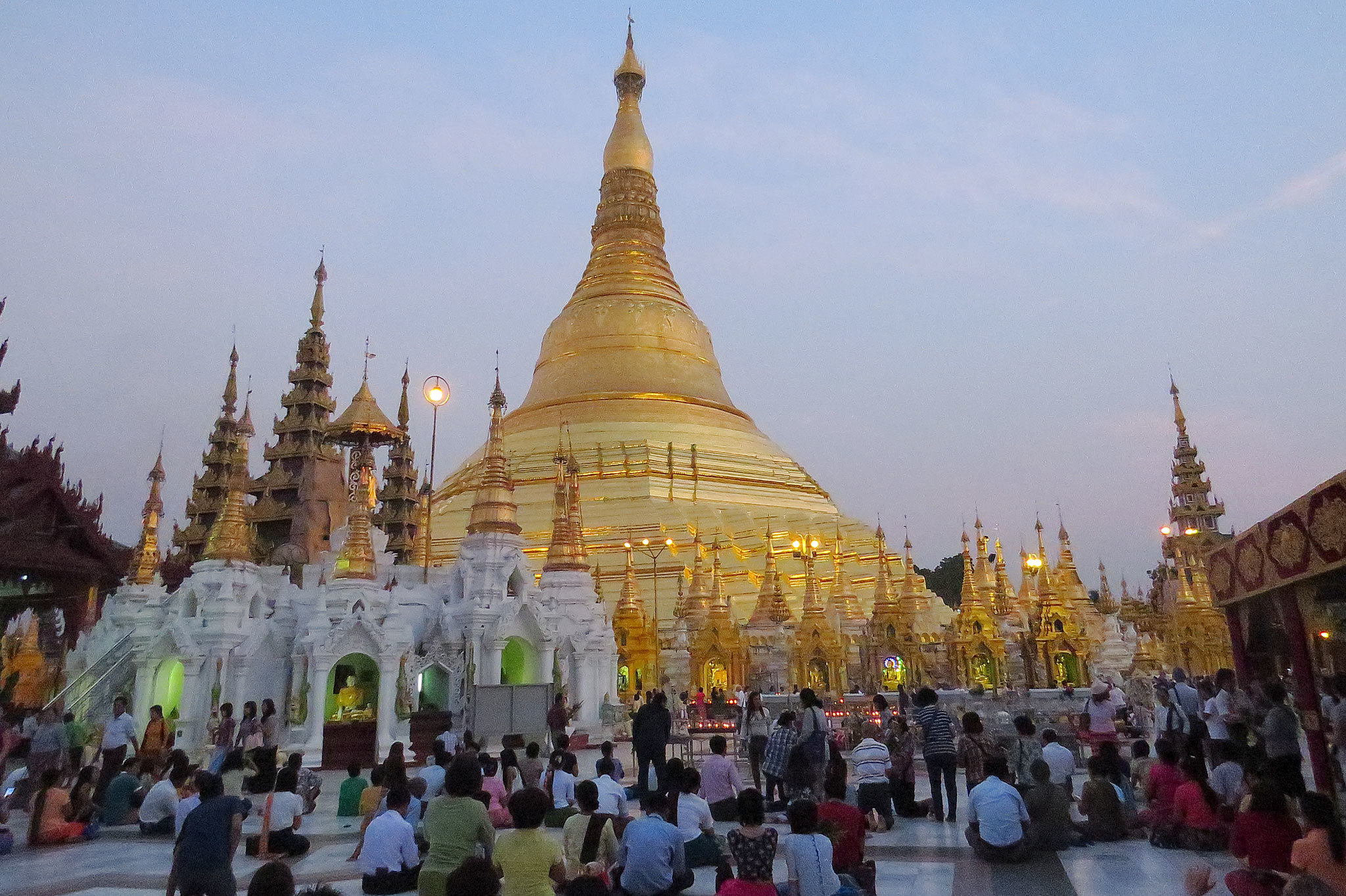Editor’s note: This is the eighth and final presentation of the 2017 Traveler’s Journal.
For us, Myanmar was the culmination of several trips to Southeast Asia as it is the last country in this area to open to tourism.
We spent a little over three weeks exploring the river, plains and hills of this ancient civilization, which is little-known by the outside world.
Myanmar has an unexpected Old-World atmosphere. I walked the streets of Mandalay early one morning with groups of shaven-headed monks heading out for alms. We saw elderly vegetable sellers smoking their cheroots. Young women and children with thanaka paste smeared on their faces to ward off the effects of the sun. Colorfully patterned longyis worn by both men and women and every manner of headgear, from conical hats to turbans made from towels.
The Plains
Today, Bagan offers hundreds of temples and pagodas. It is believed that it once contained twice that number, but many have crumbled, victims of earthquakes and time. Last August, a 6.8 quake damaged hundreds of those remaining. At sunset you watch horse carriages rattle by and cows being driven home as the temples disappear into a cloud of dusty orange hues.
The Hills
Kalaw, which was established more than a hundred years ago by the British as a summer hill station, is now a prime hiking destination. Kalaw is a most welcome departure from the heat of Bagan and Mandalay.
The River and Mandalay
Early morning on the waterfront of Mandalay is a bustle of activity. Locals are loading onto crowded ferries, bathing and washing is taking place, children are splashing about and porters are crossing planks between boats balancing everything from rice to home goods on their heads.
The Ayeyarwady is the longest river in Myanmar and is still busy with traffic. It is also a sacred river. You see stupas, pagodas and monasteries along the shore. The journey from Bagan to Mandalay is about 11 hours. We did this by local boat, passing fishermen and cargo boats. It is not yet clear how the unique way of life will survive the modern changes and the effect of tourism. Currently, very few tourists venture beyond Mandalay to the North. As this area opens up, it will offer some pristine hiking and wildlife adventures.
The Traveler’s Journal allows everyone to just close their eyes and travel.
About the presenters
Ed and Maureene began travels in 1970 with a trip to Mexico City. They have now visited over 100 countries and every state in the U.S. “We are independent travelers, planning our own journeys,” they write. “We also feel the need to spend time in each city or country to fully understand the culture. Travel, to us, allows us to find common ground with other cultures and broadens our understanding of the world.”
About the presentations
Traveler’s Journal is a presentation of the Peninsula Trails Coalition. All of the money raised is used to buy project supplies and food for volunteers working on Olympic Discovery Trail projects.
Shows start at 7 p.m. in the Sequim High School Library at 601 N. Sequim Ave.
Suggested donation is $5 for adults; those 18 years old and younger are free.
One selected photo enlargement will be given away each week as a door prize.
For more information, email Arvo Johnson at amjcgj@gmail.com.


